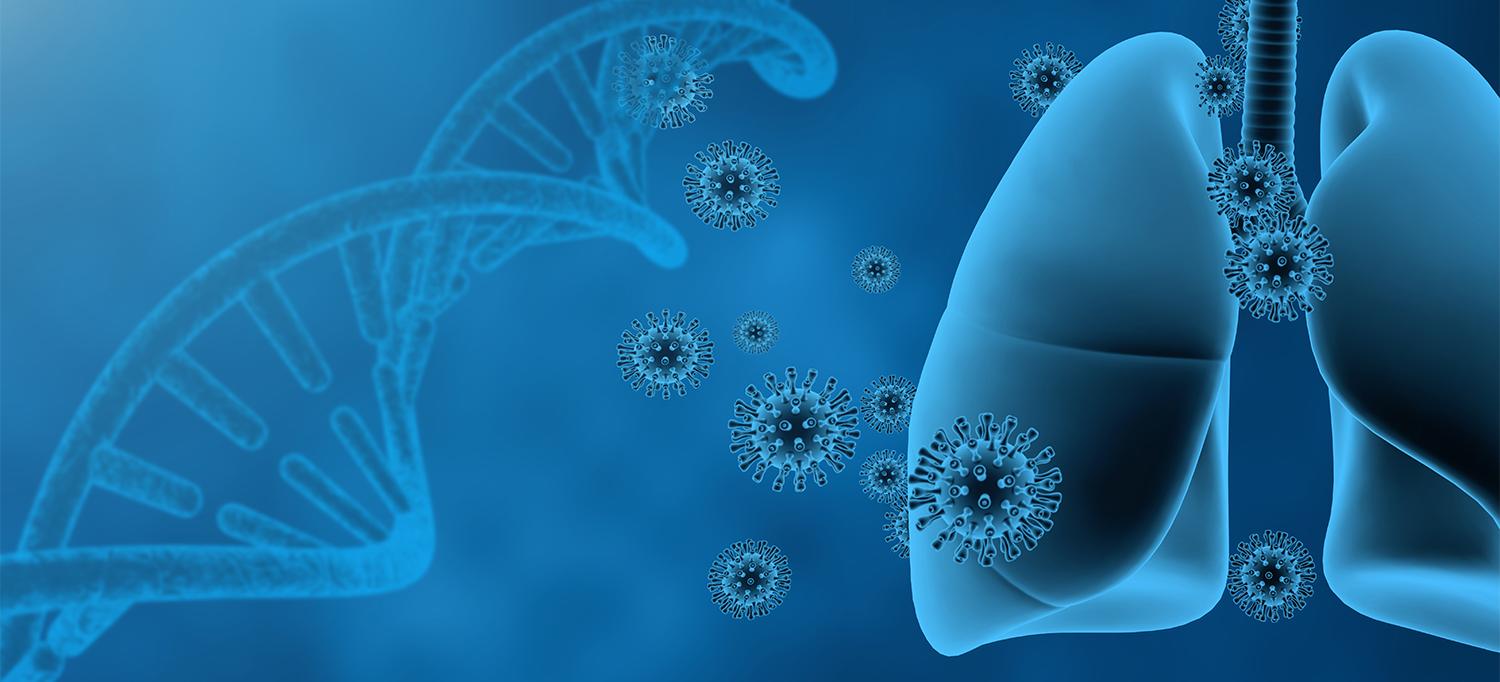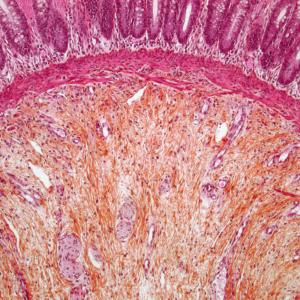
Photo: feellife/Getty
A human genetic mechanism hijacked by SARS-CoV-2, the coronavirus behind the COVID-19 pandemic, to help it spread also makes it vulnerable to a new class of drug candidates, a new study finds.
Led by researchers at NYU Grossman School of Medicine, a team showed that coronavirus reproduction in infected human cells requires chemical changes made by the human protein METTL3 to RNA, a key form of genetic material. Additional human proteins involved in the recognition of modified RNA, YTHDF1 and YTHDF3, were also found to be important to the process.
Published online in Genes and Development on June 24, the study showed for the first time that a molecular inhibitor of METTL3, designed by STORM Therapeutics Ltd and called STM2457, dramatically reduced in cell cultures the replication of both pandemic SARS-CoV-2 and, a less severe, seasonal coronavirus, HCoV-OC43, one cause of the common cold.
“Our results represent the first time a chemical inhibitor of METTL3 has been shown to have an antiviral effect for coronaviruses, or any virus,” says senior study author Ian J. Mohr, PhD, professor in the Department of Microbiology at NYU Langone Health. “This represents a necessary step in drug development, identifies new targets, and reveals an unexpected strategy to halt the coronavirus lifecycle.”
Turning the Virus’s Weaknesses Against Them
The current study builds on a growing understanding of gene regulation. It has long been established that sequences of As, Gs, Cs, and Ts, the molecular letters in the DNA code of genes, are copied into messenger RNA (mRNA) molecules that carry the information to the machinery that determines which proteins are made. Only recently has the importance of chemical modification to mRNAs become apparent in the control of protein production. In some instances, this process is controlled by the attachment of a methyl group (one carbon and three hydrogens) to an RNA chain, which turns that genetic message off.
Crucially, coronaviruses that replicate inside human cells are known to encode the complete set of their genetic instructions (their genomes) in RNA chains, raising the question of whether human RNA modification enzymes, including those that attach methyl groups, could impact the production of viral proteins that enable them to multiply.
Past work in Mohr’s lab had revealed the enzymes that determine whether an A (adenosine), one of the chemical “letters” making up mRNA, is methylated at the N6 position (m6A) is important for replication of human cytomegalovirus (HCMV), with regulation by human m6A enzymes of mRNAs shaping the immune response to that virus.
In the current study, the research team showed for the first time that the reproduction of SARS-CoV-2 and HCoV-OC43 requires the action, not only of the human enzyme that installs the m6A methylation on RNA, METTL3, but human proteins that bind to this unusual arrangement of methylated RNA, YTHDF1 and YTHDF3. Remarkably, the researchers also found that the RNA genomes of both study coronaviruses contained this m6A modification.
For the next step, the NYU Langone team partnered with UK-based STORM Therapeutics, which had run a medicinal chemistry program to develop a compound that best inhibited the action of METTL3. The current study compared the effects of the METTL3 inhibitor STM2457 and an inactive control compound, STM2120, on cultures of human lung cells infected with the seasonal coronavirus or SARS-CoV-2. The researchers then used an imaging technology to track viral infection in thousands of cells treated with different doses of STM2457.
Compared with the same concentration of the inactive control compound, the highest dose of STM2457 reduced the number of HCoV-OC43–infected cells in culture by more than 80 percent, while the same dose of STM2457 reduced SARS-CoV-2 reproduction by more than 90 percent. Further experiments revealed that STM2457 reduced viral RNA and protein levels, but not by affecting the same human immune response mRNAs previously found to be important for HCMV.
“The inhibition of coronaviruses by this molecule is really encouraging, but understanding exactly why coronaviruses need m6A RNA modification is important and might enable the design of compounds that work even better,” says study first author Hannah Burgess, PhD, an assistant research scientist in the Department of Microbiology.
Moving forward, the research team plans to further investigate precisely how m6A modification influences virus and host gene expression in cells infected with pandemic or seasonal coronaviruses and whether STM2457 can interfere with coronavirus replication and prevent severe disease outcomes in non-human animals.
“We went into it hoping to learn about the differences between the biology of innocuous and pandemic coronavirus infections,” says co-corresponding author Angus C. Wilson, PhD, associate professor in the Department of Microbiology. “If anything, we found that both share a dependence upon the m6A methylation machinery. That creates the hope that inhibiting METTL3 may also be useful against future pandemic coronaviruses.”
Along with Dr. Mohr, Dr. Burgess, and Dr. Wilson, study authors at NYU Langone Health were Letitia Thompson, Puthankalam Srinivas Kalanghad, Rebecca Grande, Elizabeth Vink, and Kenneth Stapleford in the Department of Microbiology; along with Daniel Depledge and Jonathan Abebe in the Department of Medicine. Other authors were Wesley Blackaby, Alan Hendrick, and Mark Albertella at STORM Therapeutics Ltd, of Cambridge, United Kingdom, and Tony Kouzarides at The Gurdon Institute and Department of Pathology, University of Cambridge, in Cambridge.
The study was supported by National Institute of Allergy and Infectious Diseases grants AI152543, AI073898, and AI151358; National Institute of General Medical Sciences grant GM056927; National Institutes of Health grants T32 AI100853 and T32 AI007180; and Perlmutter Cancer Center Support Grant P30CA016087.
Media Inquiries
Greg Williams
Phone: 212-404-3500
gregory.williams@nyulangone.org
